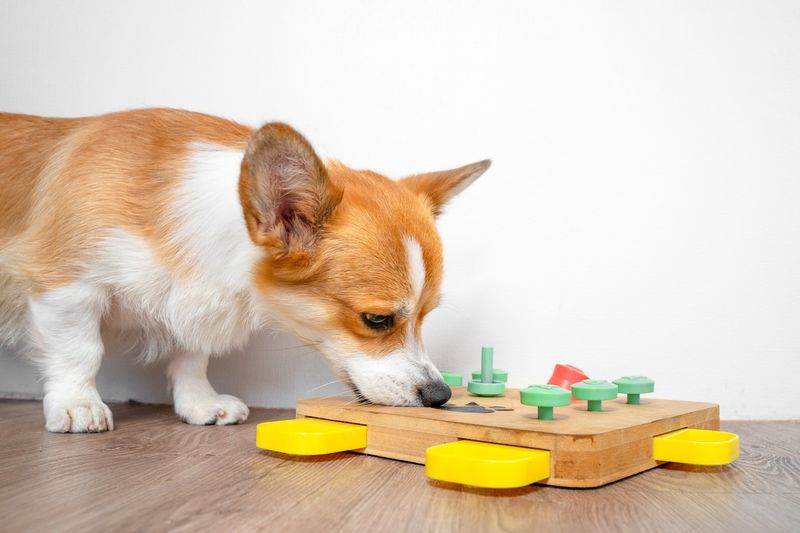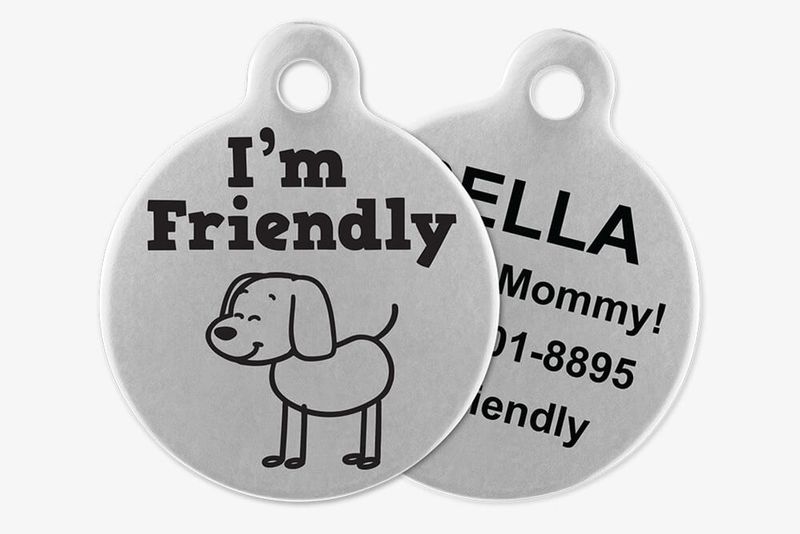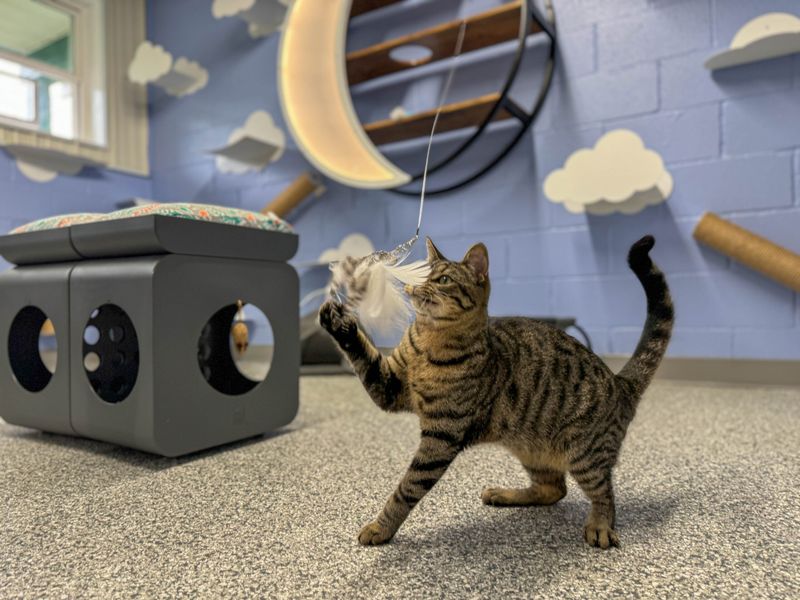17 Must-know Essentials For First-Time Pet Parents

Bringing home a new pet is like adding a family member who can’t speak your language. The joy they bring comes with responsibilities that might feel overwhelming at first.
Whether you’re adopting a playful puppy, a curious kitten, or another animal companion, knowing the basics will make those first weeks smoother for everyone.
1. Choosing The Right Pet For Your Lifestyle

Your dream pet might not match your real life. Active dogs need exercise time, while some cats prefer quiet homes without young children.
Consider your work schedule, living space, and energy level before choosing. A busy apartment dweller might do better with a cat than a border collie who needs room to run.
2. Preparing Your Home For A New Pet

Pet-proofing saves both your belongings and your new friend from trouble. Tuck away electrical cords, toxic plants, and small items they might swallow.
Secure trash cans with locking lids and keep medications in closed cabinets. Create a special area with their bed and toys where they can feel safe during the adjustment period.
3. Setting Up A Routine For Your Pet

Animals thrive on predictability. Regular mealtimes, potty breaks, walks, and play sessions help your pet feel secure and understand what’s expected.
Morning walks at 7 AM, meals at set times, and evening cuddles create a framework they can count on. This structure reduces anxiety and behavior problems that come from uncertainty.
4. Choosing The Right Food And Diet

Quality nutrition forms the foundation of your pet’s health. Puppies and kittens need special formulas for growth, while adult pets have different requirements.
Read labels carefully – the first ingredient should be a named meat source, not fillers. Ask your vet about portion sizes to prevent obesity, which shortens pet lifespans significantly.
5. Vet Visits And Preventative Care

Schedule a vet visit within the first week of bringing your pet home. They’ll check for health issues and set up vaccination schedules to prevent diseases.
Monthly preventatives for fleas, ticks, and heartworms save money and heartache compared to treating these problems later. Spaying or neutering prevents unwanted litters and reduces certain health risks.
6. Training Basics: Potty Training And Commands

Consistency is your secret weapon in training. For dogs, frequent potty breaks after meals, naps, and play prevent accidents. Cats need clean, accessible litter boxes.
Use positive reinforcement—treats and praise when they get it right—instead of punishment. Short, fun training sessions several times daily work better than one long frustrating session.
7. Socializing Your Pet

Early positive experiences shape your pet’s future personality. Introduce them to different people, animals, sounds, and environments during their formative weeks.
Make these encounters positive with treats and praise. A well-socialized pet grows up confident rather than fearful or aggressive. Dog parks and puppy classes offer structured socialization opportunities.
8. Creating A Pet-Friendly Environment

Your pet needs their own spaces to feel secure. A comfy bed away from household traffic offers necessary retreat time.
Scratching posts save your furniture from cats’ natural behaviors. Puzzle toys keep minds engaged during alone time. Window perches let cats watch the outside world safely, while secure fenced areas give dogs freedom to explore.
9. Pet Insurance: Is It Worth It?

Unexpected vet bills can reach thousands of dollars. Pet insurance helps cover emergencies, surgeries, and sometimes routine care, depending on your plan.
Compare deductibles, coverage limits, and exclusions before choosing. Many owners find peace of mind worth the monthly premium, especially for accident-prone puppies or breeds with known health issues.
10. Understanding Your Pet’s Body Language

Animals speak through posture, facial expressions, and vocalizations. A wagging tail doesn’t always mean happiness—speed and position matter too.
Flattened ears usually signal fear or aggression. Purring typically indicates contentment, but cats sometimes purr when stressed. Learning these signals helps you respond appropriately to your pet’s changing emotional states.
11. Exercise And Mental Stimulation Needs

Physical activity prevents behavior problems born from boredom and pent-up energy. Different breeds have vastly different exercise requirements.
Mental challenges are equally important—try food puzzles, scent games, or hide-and-seek. Rotating toys keeps them interesting. A tired pet is usually a well-behaved pet who sleeps contentedly through the night.
12. Dealing With Separation Anxiety

Gradual alone-time training prevents panic when you leave. Start with brief departures, slowly increasing duration as your pet builds confidence.
Special toys reserved for solo time create positive associations. Background noise from a radio can comfort some pets. Severe cases might need professional training help or even medication from your veterinarian.
13. Grooming: Bathing, Brushing, And Nail Care

Regular grooming prevents health problems and strengthens your bond. Long-haired pets need frequent brushing to prevent painful mats and reduce shedding around your home.
Introduce nail trims gradually with plenty of treats. Bathing frequency depends on your pet’s coat type and activity level. Starting grooming routines when they’re young creates lifelong acceptance.
14. Understanding Pet Behavior And Training Challenges

Unwanted behaviors usually have logical causes. Excessive barking might signal boredom, while inappropriate scratching means your cat needs better alternatives.
Address problems by meeting the underlying need rather than just punishing the symptom. Consistency among family members prevents confusion—everyone should use the same commands and rules.
15. The Importance Of Pet Identification

One in three pets becomes lost during their lifetime. Microchips provide permanent identification when collars come off, dramatically increasing reunion chances.
Keep ID tags updated with your current phone number. Digital tags with QR codes can store more information. Take clear photos of your pet from multiple angles to help with identification if they ever go missing.
16. Pet Safety Tips Around The House

Common household items can be deadly to curious pets. Chocolate, xylitol sweetener, and certain plants like lilies can cause fatal poisoning.
Secure cleaning supplies and medications in latched cabinets. Keep toilet lids closed to prevent drowning or drinking of chemicals. Program your vet and pet poison hotline numbers into your phone for emergencies.
17. Building A Bond With Your New Pet

Trust forms the foundation of your relationship. Spend quiet time together without demands, allowing your pet to approach you on their terms initially.
Learn what motivates them—belly rubs, treats, or play—and use these as rewards. Practice handling their paws, ears, and mouth gently to build comfort with future grooming and vet exams.






